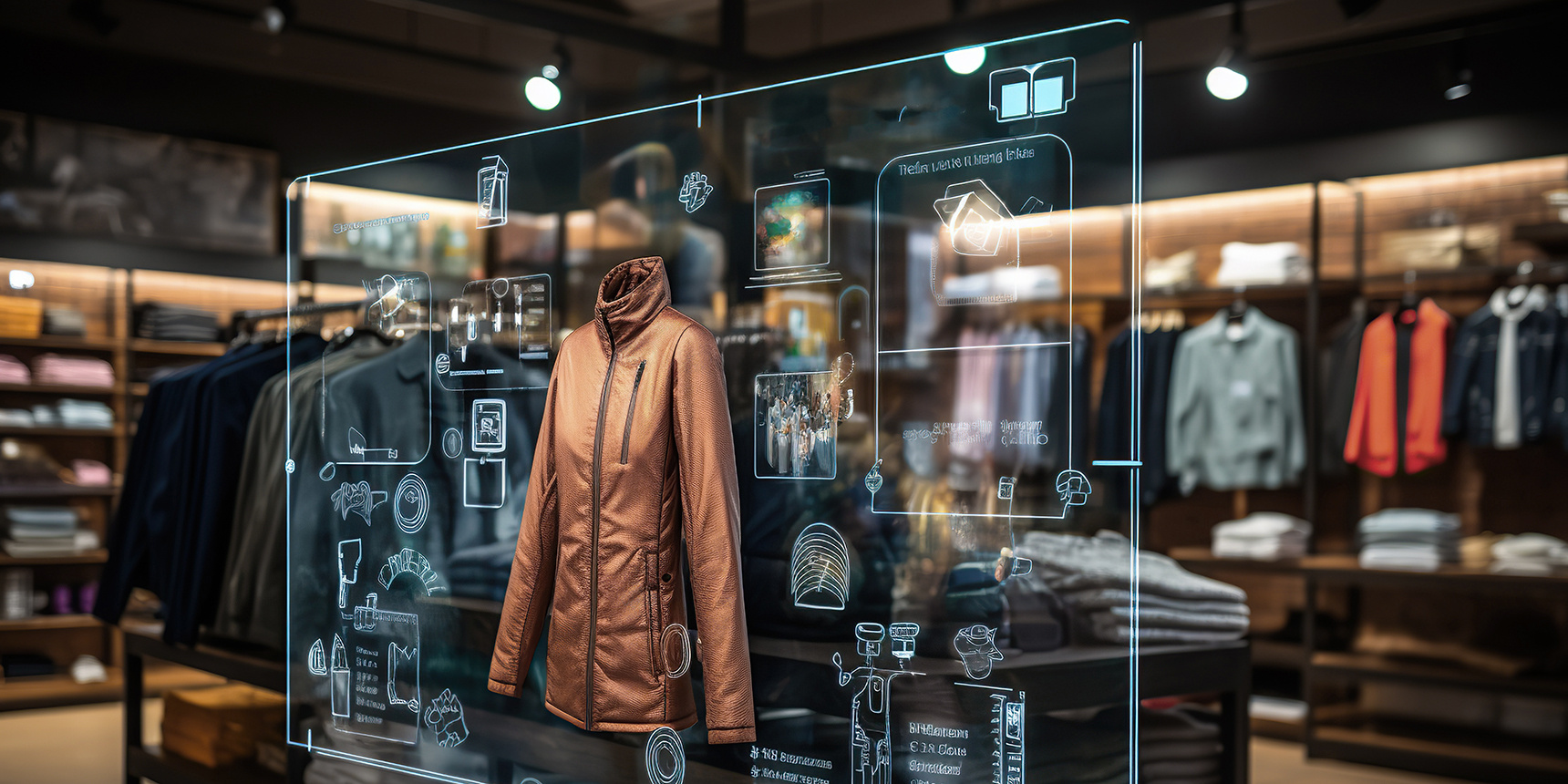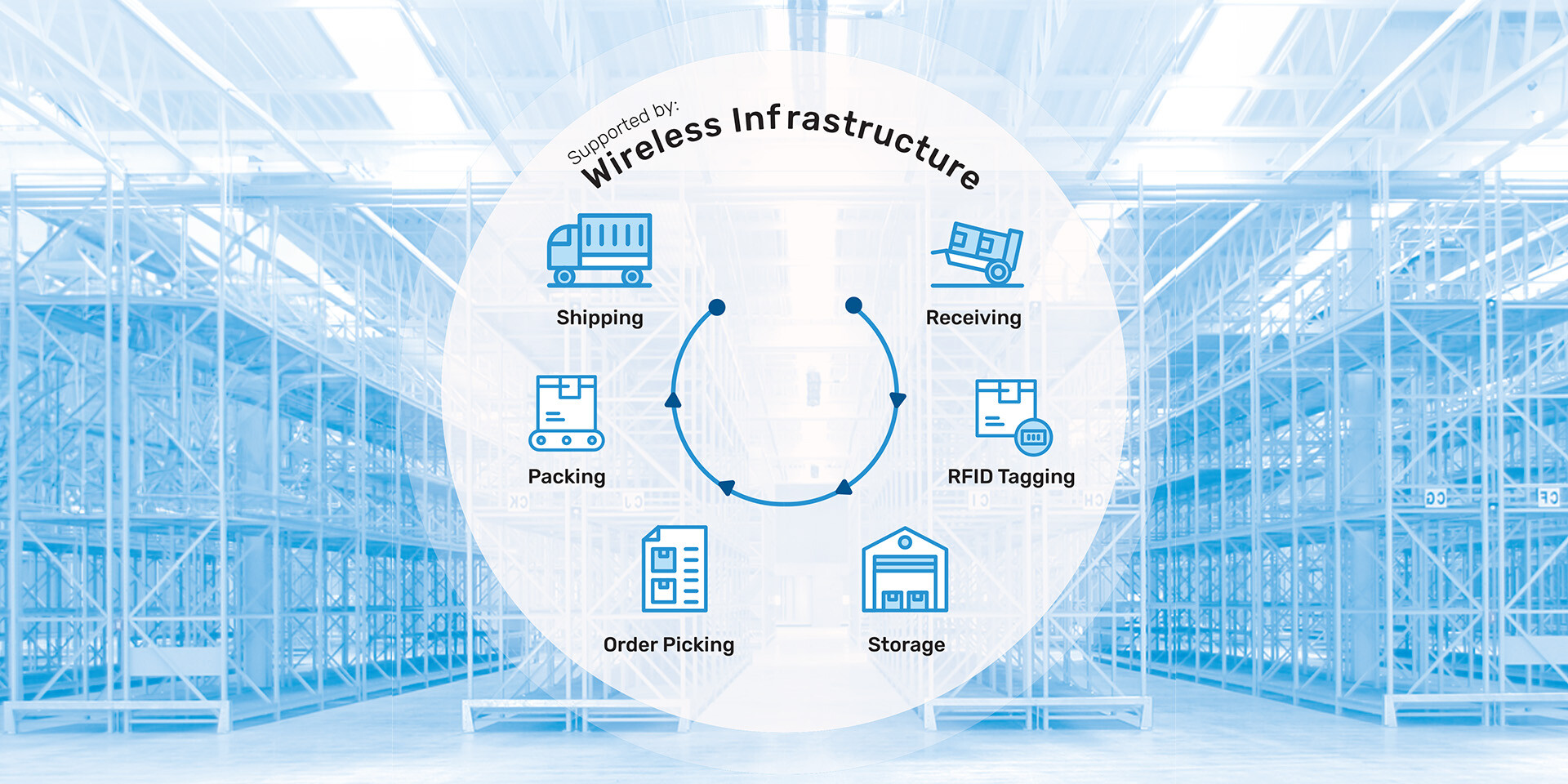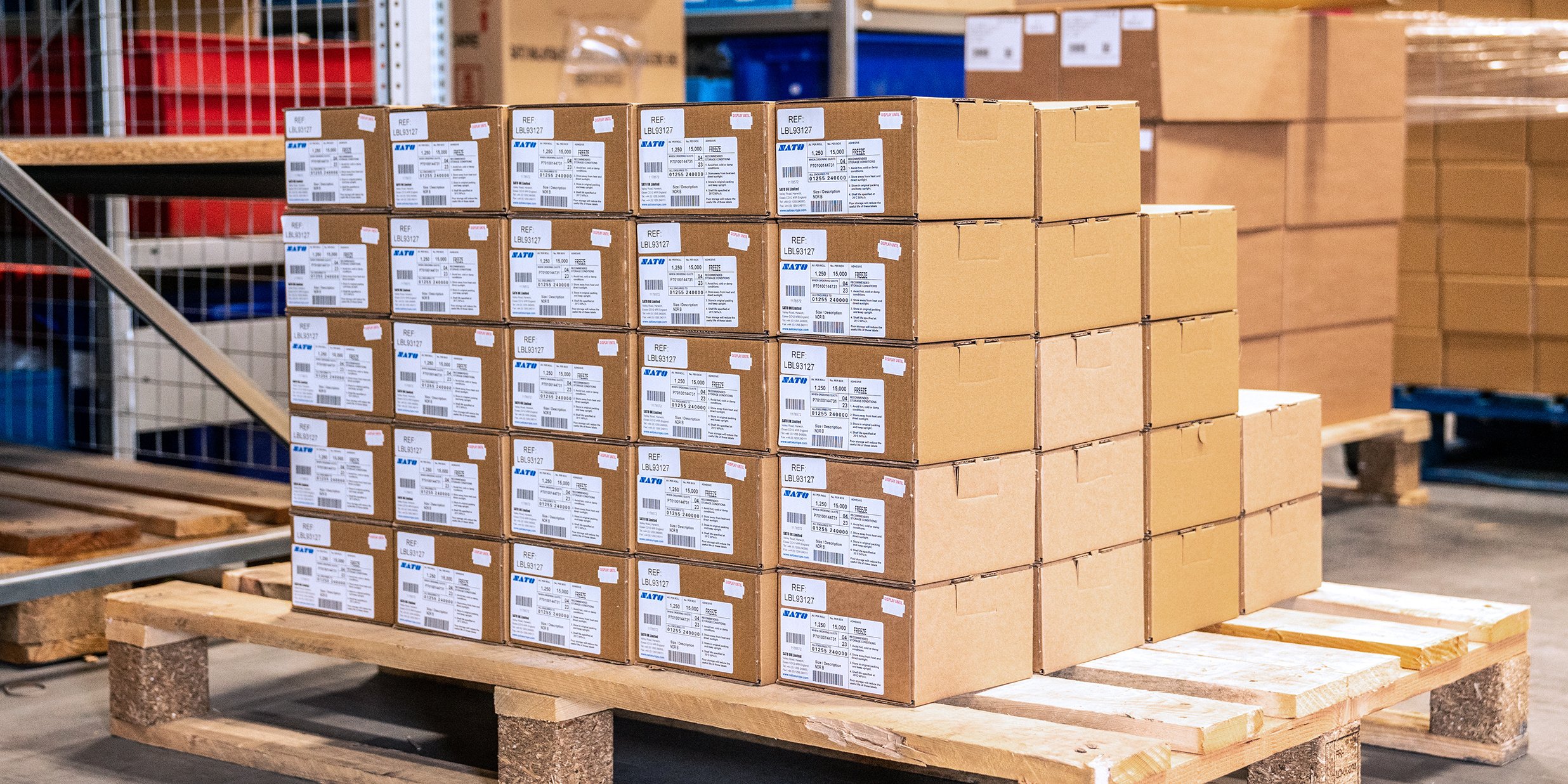In the fast-paced retail industry, maintaining accurate inventory and efficient operations is crucial for success.
Introduction
Retailers in Australia and New Zealand are increasingly turning to Radio Frequency Identification (RFID) technology to streamline their processes, reduce labour costs, and enhance customer satisfaction. According to a survey, nearly 40% of retailers are forced to cancel at least one in ten orders due to inaccurate inventory data, underscoring the importance of accurate inventory management1.
This case study explores how SATO's RFID solution has revolutionised inventory management for a leading apparel retailer, driving significant improvements in operational efficiency and e-commerce optimisation.
The Growing Importance of RFID Technology in Retail
Retailers are embracing RFID technology to revolutionise their operations and enhance supply chain efficiency. RFID's advantages in accurate apparel inventory management and stock replenishment have positioned it as the preferred choice for achieving enhanced inventory accuracy, loss prevention, and overall efficiency in the competitive retail industry. According to a recent report, the RFID market in Australia and New Zealand is projected to grow at a CAGR of 16.7% from 2024 to 2034, highlighting the increasing adoption of this technology in the region.
ANZ RFID Market Projection2
Addressing Inventory Management Challenges with RFID
A leading apparel retailer faced the significant challenge of balancing customer experience with efficient inventory management. As the retailer pursued sustainable growth, it became evident that operational transformation and labour-saving measures were imperative.
Furthermore, the surge in e-commerce demanded that physical stores evolve into distribution centres, allowing in-store fulfilment through product pick-up or shipping directly to customers. This omnichannel strategy, like click-and-collect, became widely popular during the pandemic and is now a permanent fixture offered by leading retail chains, from global brands like Uniqlo to local powerhouses like Kmart.
However, achieving at least 98% inventory accuracy is vital for successfully implementing these services. Without these strategies, large and small retailers risk undermining their competitiveness and overall efficiency.
SATO’s Innovative RFID Solution for Retailers
SATO secured the project due to their exceptional ability to consult and address customer challenges with a comprehensive labelling solution. Their key differentiator was offering a solution that didn't require partner system modification, setting them apart from competitors. To enhance operational efficiency, SATO implemented the CL4NX RFID printer, featuring Application Enabled Printing (AEP). This printer receives data for each item and can generate an RFID tag or a barcode label tag as needed.
.png?width=1200&length=1200&name=CL4NX%20Plus%20UHF%20RFID-1200w%20(1).png)
CL4NX Plus, is an RFID-enabled 4-inch industrial thermal printer with applications across RFID labels, item labels, shipping labels, product labels, export labels, and PCB labels.

This best-in-class thermal industrial printer is designed with enhanced precision, speed, durability, and dependability for business-critical track and trace operations worldwide
.png?width=1200&length=1200&name=CLNXPlus_MicroLabel_1920w%20(1).png)

Additionally, SATO provided strong local support in the customer's language, emphasising a focus on delivering solutions rather than mere product selling. With a global footprint and support, SATO's extensive worldwide partner network was vital in establishing a reliable local partner network for the project.
Key Benefits of Implementing SATO’s RFID System
- Reduced stock-taking time by 95%: The implementation of RFID technology drastically cut down the time required for stock-taking, allowing staff to focus on more value-added tasks.
- Improved inventory accuracy: The retailer achieved near-perfect inventory accuracy, significantly reducing overselling and out-of-stocks.
- Enhanced e-commerce business optimisation: The ability to use stores as distribution centres improved the efficiency of e-commerce operations, ensuring timely deliveries and better customer satisfaction.
Conclusion
Adopting SATO's RFID technology has proven to be a transformative step for this apparel retailer, significantly enhancing inventory accuracy, reducing operational costs, and optimising e-commerce capabilities. As the retail landscape continues to evolve, integrating advanced technologies like RFID will be crucial for maintaining competitiveness and meeting customer expectations. SATO's commitment to providing tailored solutions and robust local support ensures that retailers can seamlessly transition to more efficient and effective inventory management systems.
Modern RFID solutions can reset store economics, lowering costs and boosting revenue. Our research shows that demonstrated benefits include more than 25.0 percent improvements in inventory accuracy, 1.0–3.5 percent increases in full-price sell-through tied to better management and lower stockouts, 10.0–15.0 percent reductions in inventory-related labour hours, and reductions in shrinkage and theft that can raise revenue by up to 1.5 percent.
Mckinsey & Company 3
Sources: 3 Retail Express, 2 Mordor Intelligence, 3 McKinsey & Company
FAQs
What is RFID technology?
RFID (Radio Frequency Identification) is a technology that uses radio waves to identify and track tags attached to objects automatically. These tags contain electronically stored information that RFID readers can read without needing line-of-sight.
How does RFID improve inventory accuracy?
RFID improves inventory accuracy by providing real-time data on stock levels, reducing manual errors, and enabling faster and more accurate stock-taking processes.
What are the benefits of using RFID in retail?
The benefits of using RFID in retail include reduced stock-taking time, improved inventory accuracy, enhanced loss prevention, and optimised e-commerce operations.
How does SATO's RFID solution differ from others?
SATO's end-to-end RFID solutions stand out due to ease of integration, strong local support, and focus on delivering comprehensive solutions rather than just products.
- Executed by an experienced Interface Team with extensive knowledge across ERP/POS/WMS to tackle any IT data challenges.
- Versatile in addressing any current process obstacles.
- Modular and scalable each business's unique requirements – from inbound, stocktake and replenishment, EAS (electronic article surveillance), POS (point-of-sale) and returns to in-store intelligence systems like smart checkout, interactive smart mirrors and smart fitting rooms.
- Cloud-based (hosted in Sydney, AU) and cyber-secure up to the standards of retail giants like Adidas and Kmart.
- Easily tested and KPIs measured through an out-of-the-box POC package.







Comments